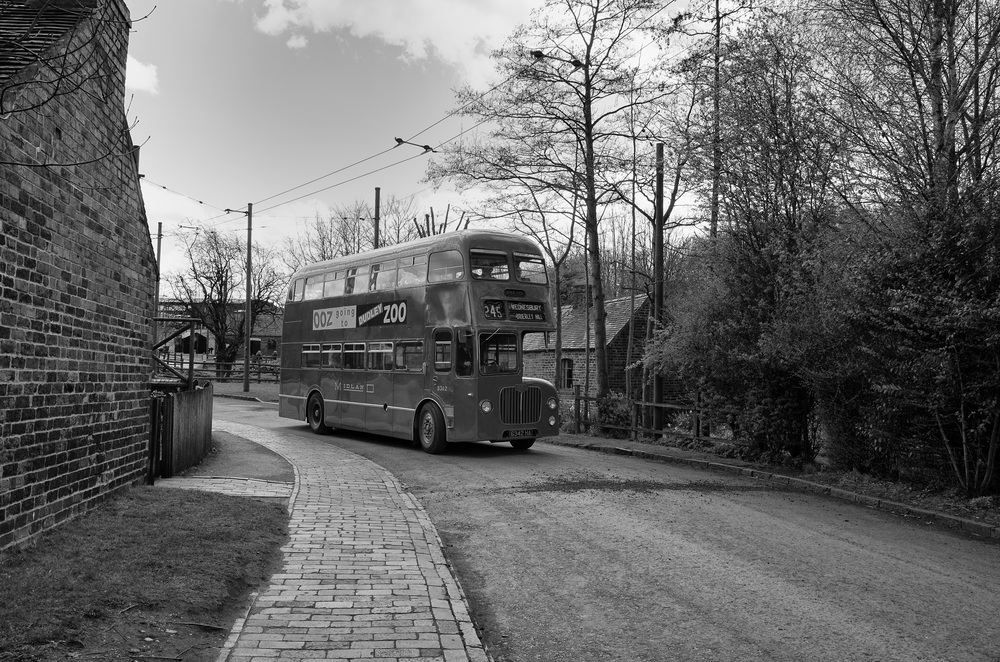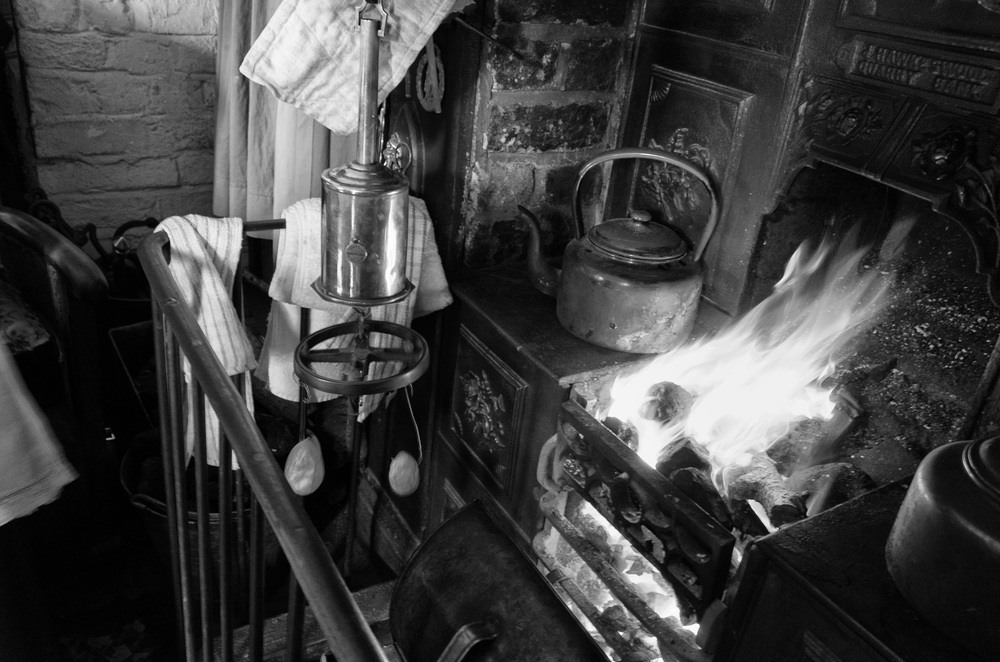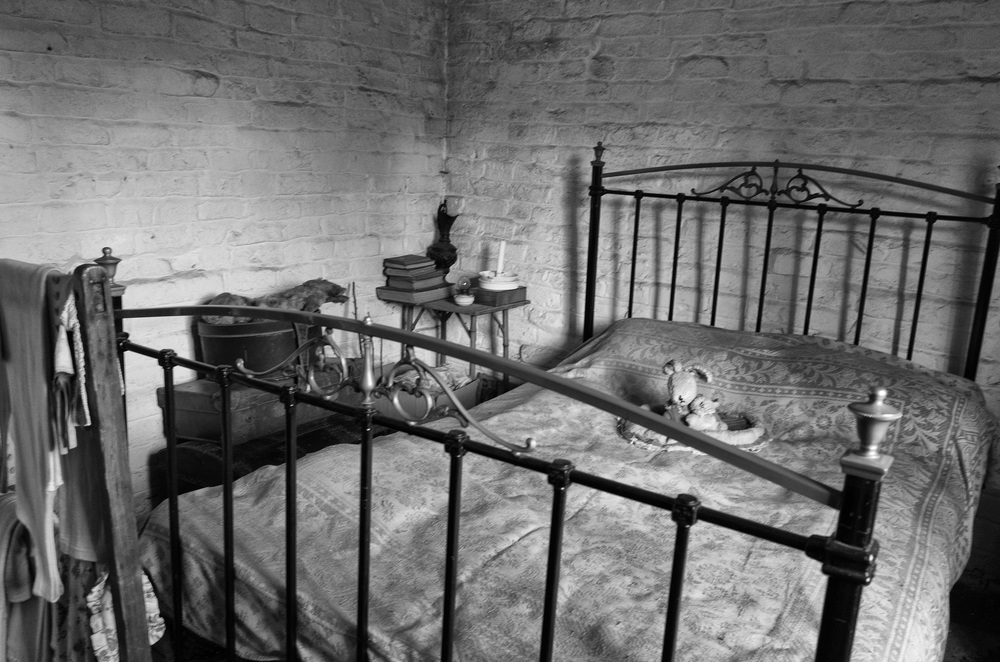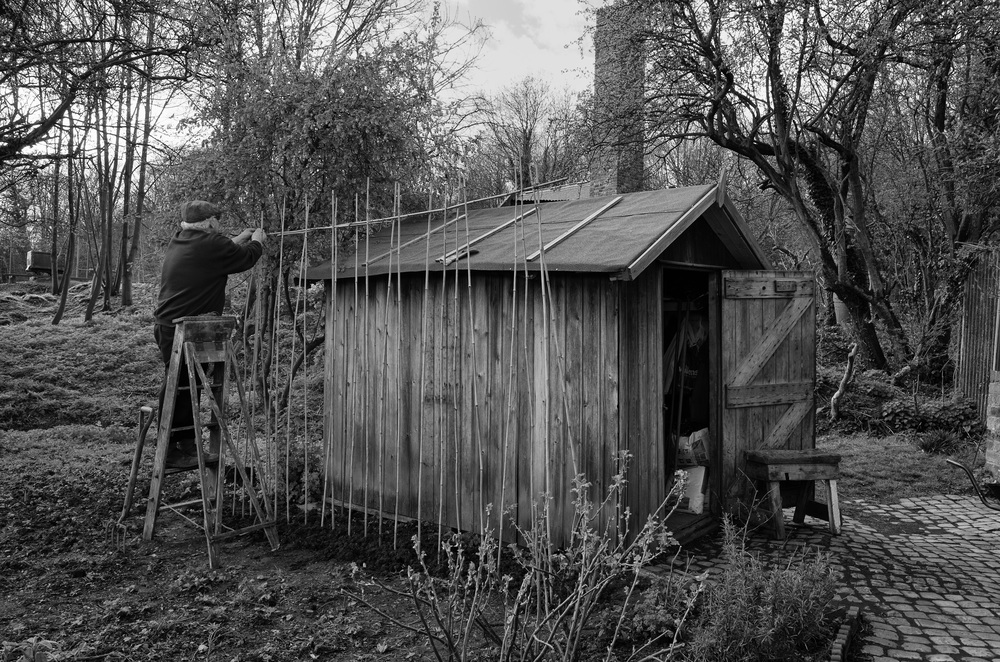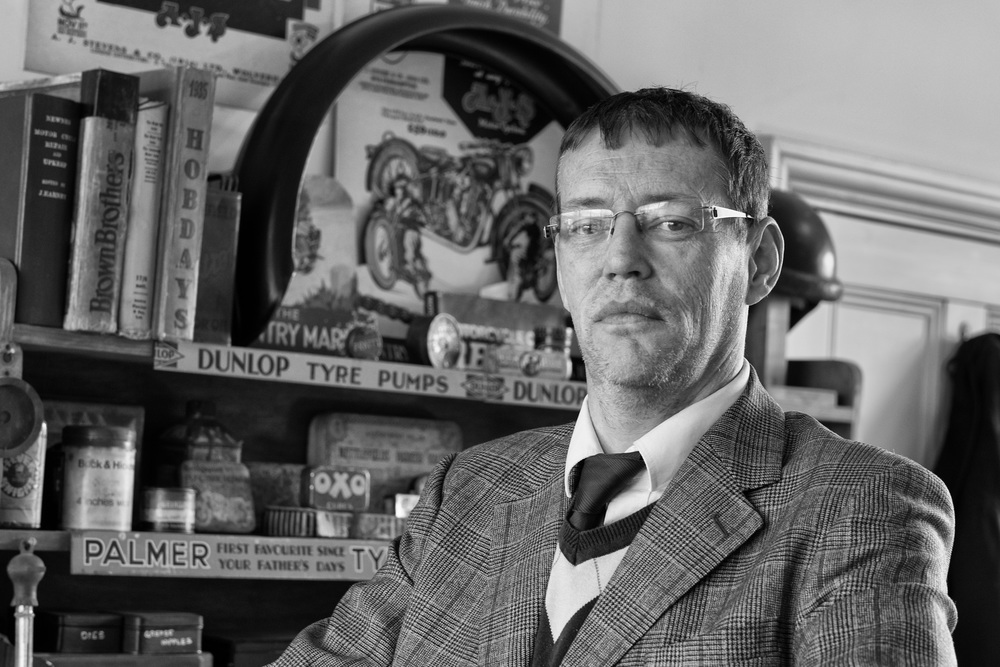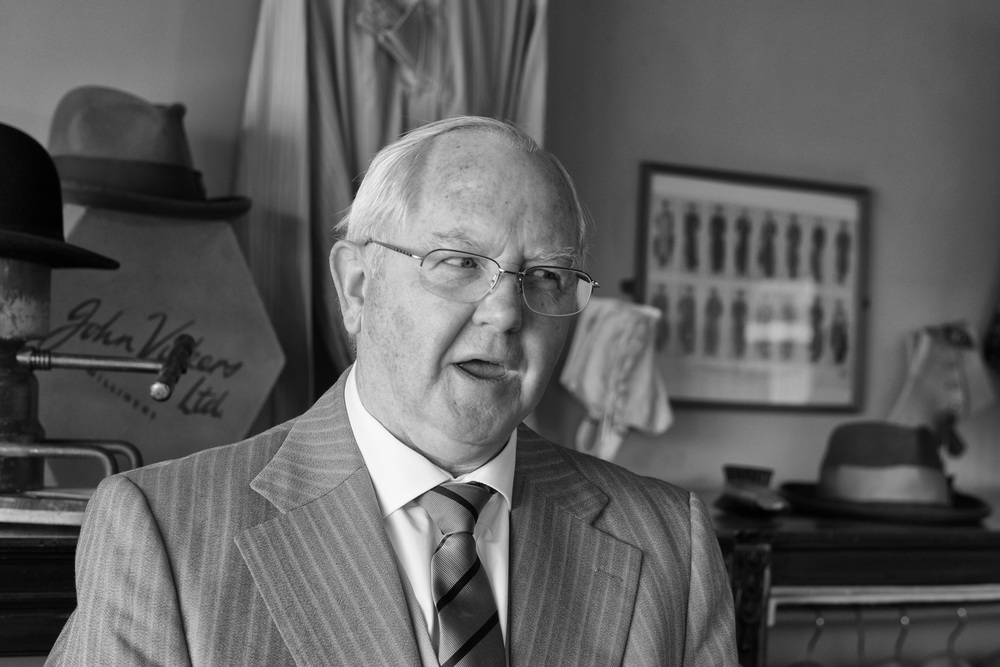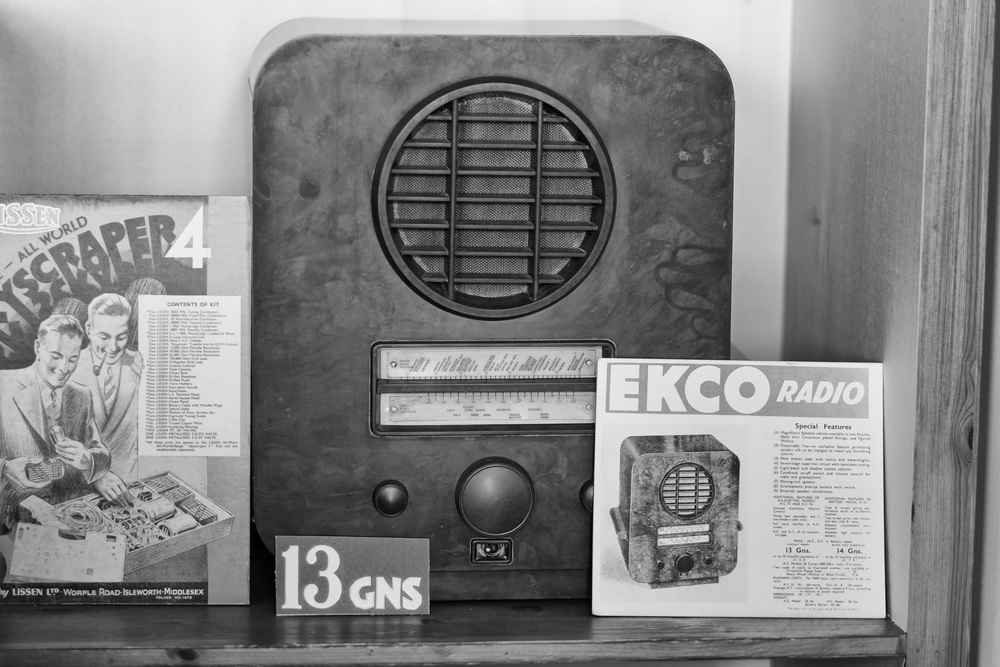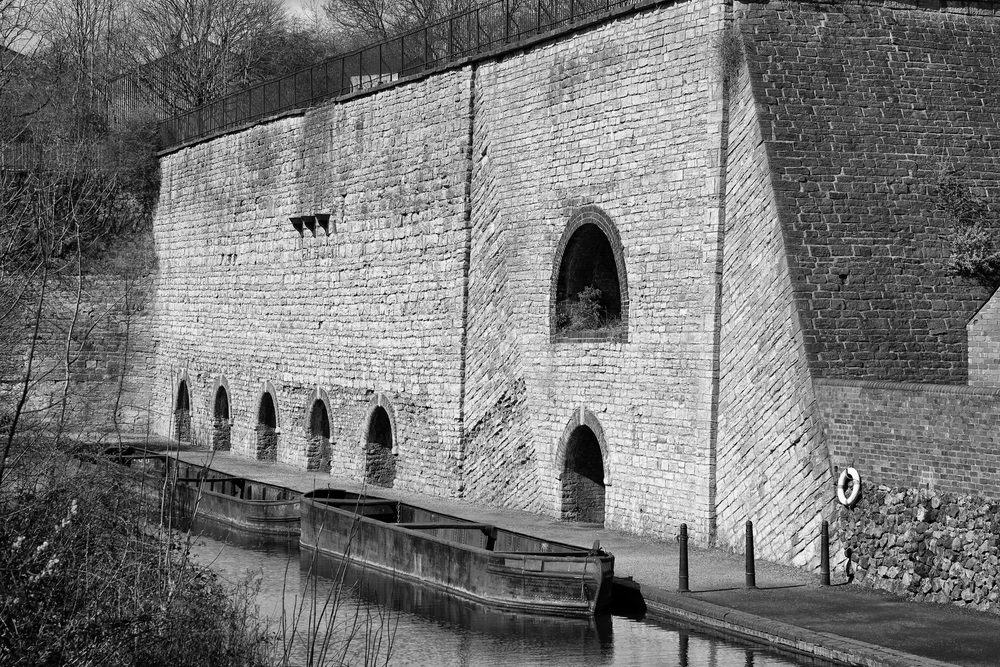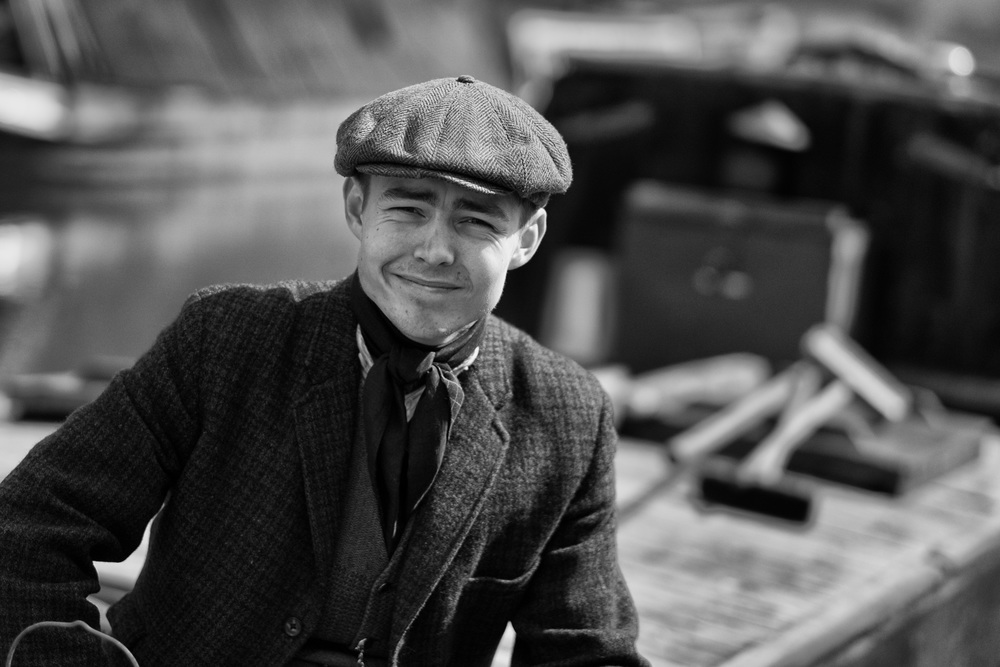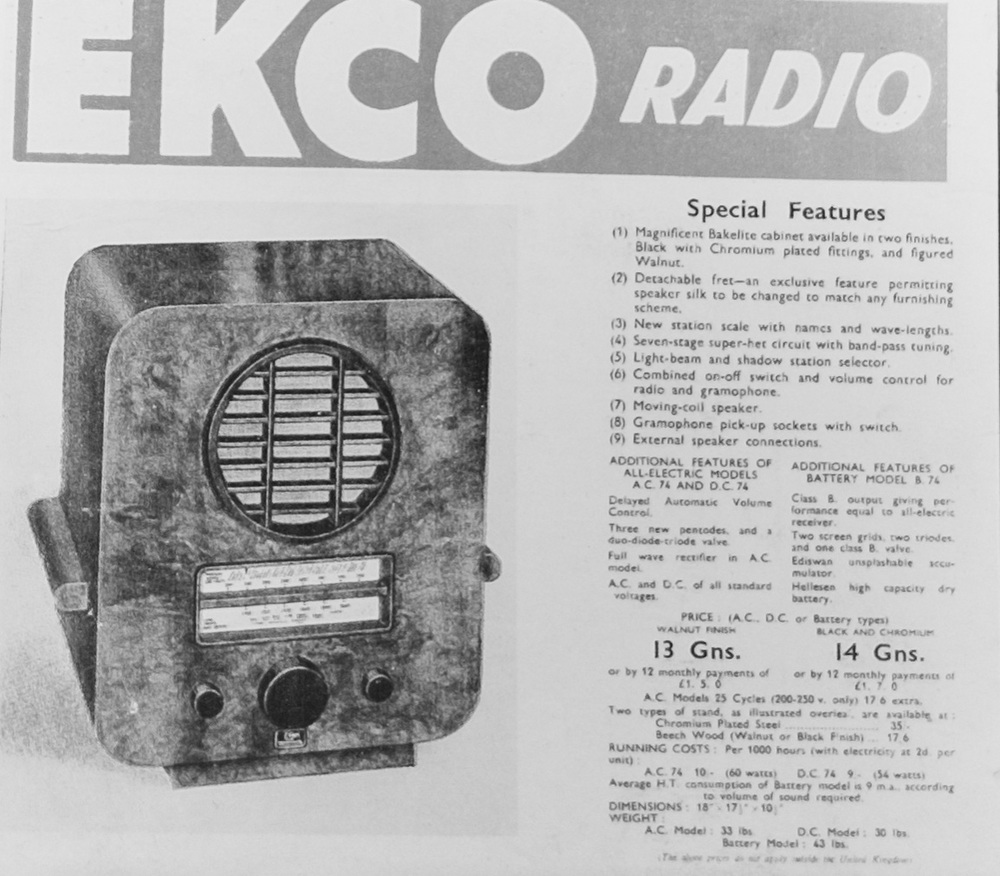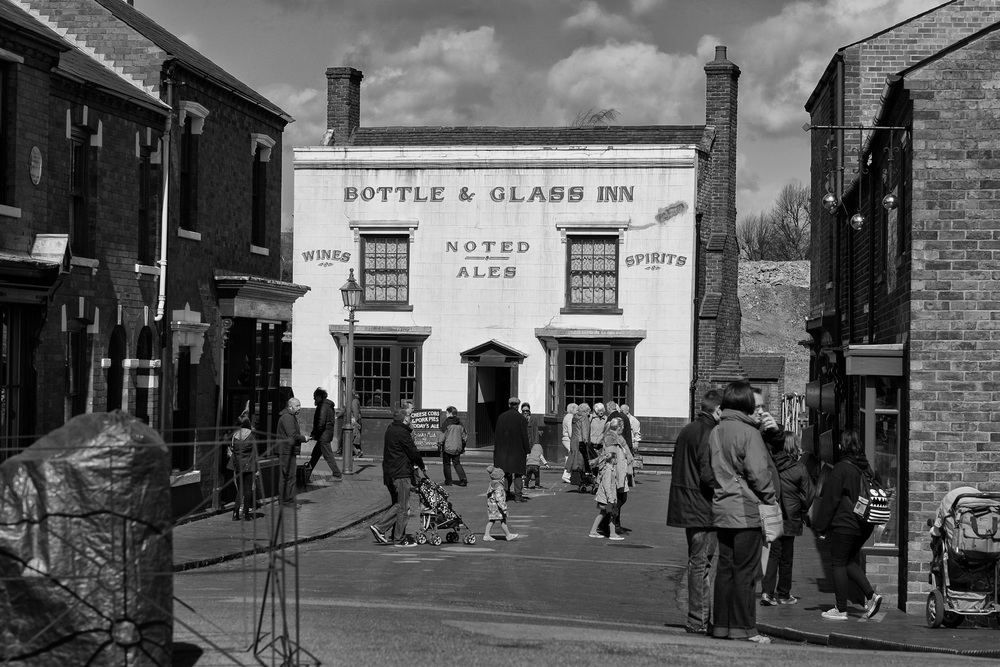
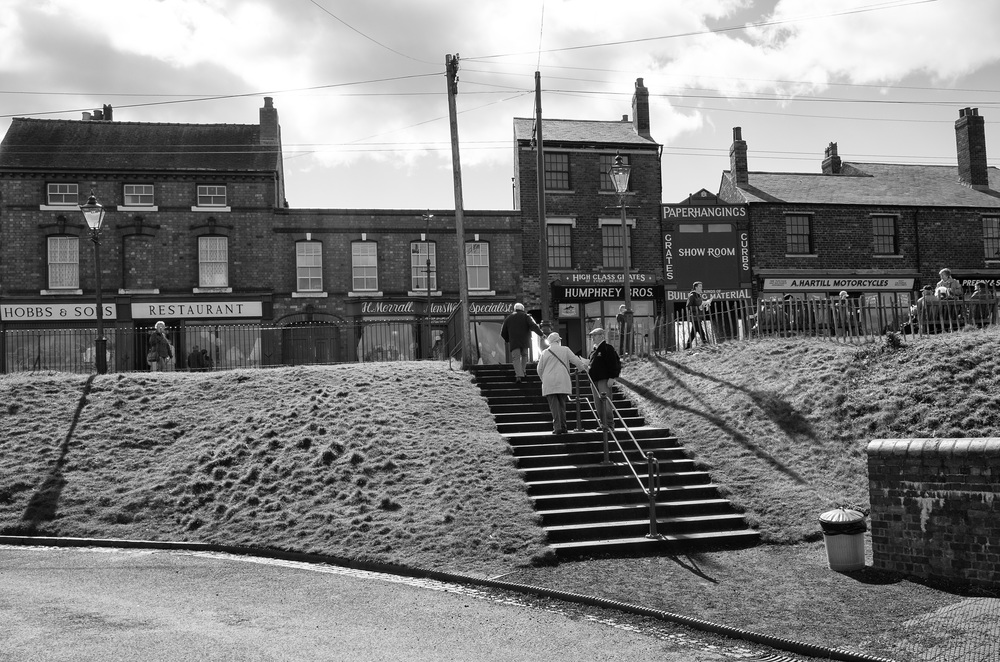
Living museums have become increasingly popular, nowhere more so than in the UK where “attractions” are seemingly around every bend in the road. I’ve enjoyed a number of these celebrations of, mostly, early 20th century life including Beamish in Northumberland and the sadly now defunct Wigan Pier museum. This last weekend I ticked another rather enticing open-air museum off my wishlist, this time the Black Country Living Museum at Dudley in the heart of the Black Country. The area was at the forefront of the industrial revolution and gained its name from the pollution and generally dreary landscape that resulted from the mining and other works.
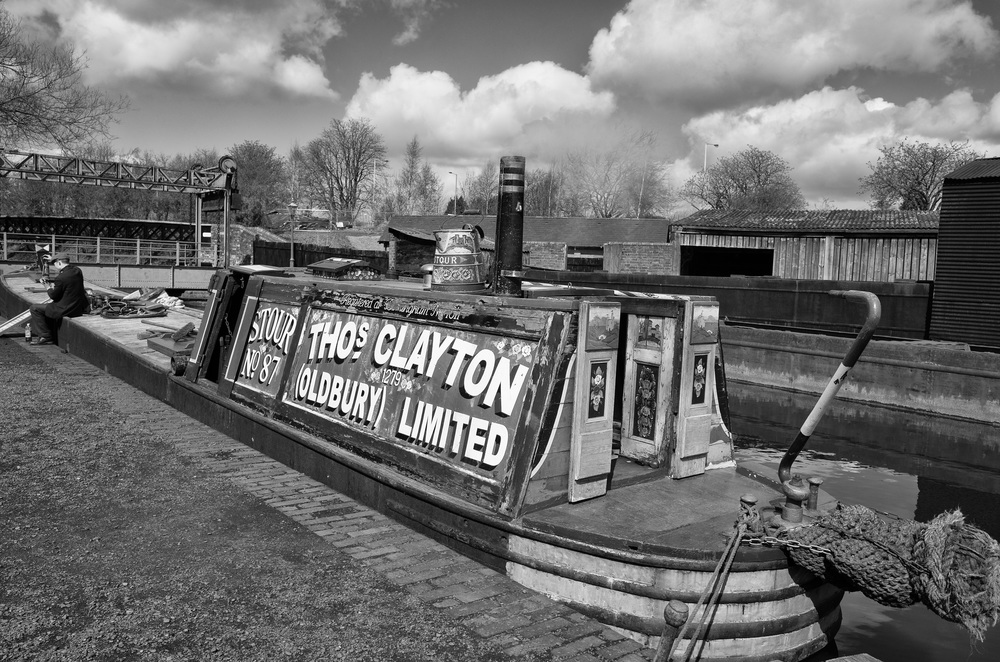
This turned out to be one of my more successful finds. It covers a vast area of industrial landscape and includes a working village with light industry, a canal, buses, trams and trolley buses. The endearing part of these living museums is the way in which the characters, mostly local volunteers, adopt their chosen persona and live and work as their grandparents or great-grandparents did.
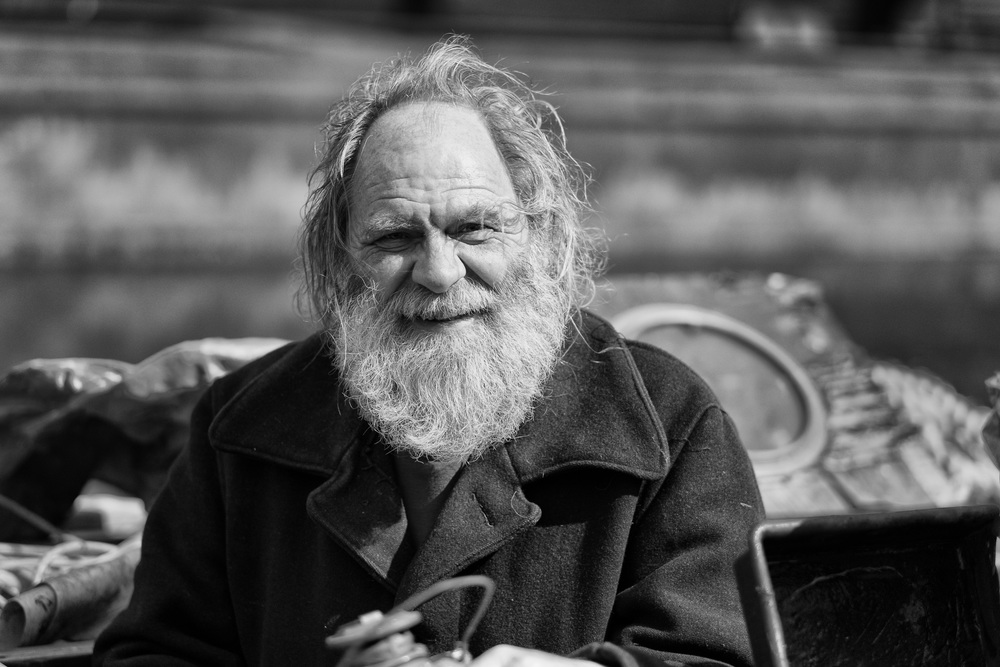
Shops were tended by knowledgeable tailors, motorcycle salesmen, fish and chip friers, tobacconists and greengrocers. You name it, someone was selling it. And every little cottage was occupied by an elderly lady who could chat for hours about her life between the wars: Outside toilets, no electricity and very basic cooking facilities. Most of them were cooking soup, frying sausages and baking potatoes for their own lunch in their own little back kitchens.
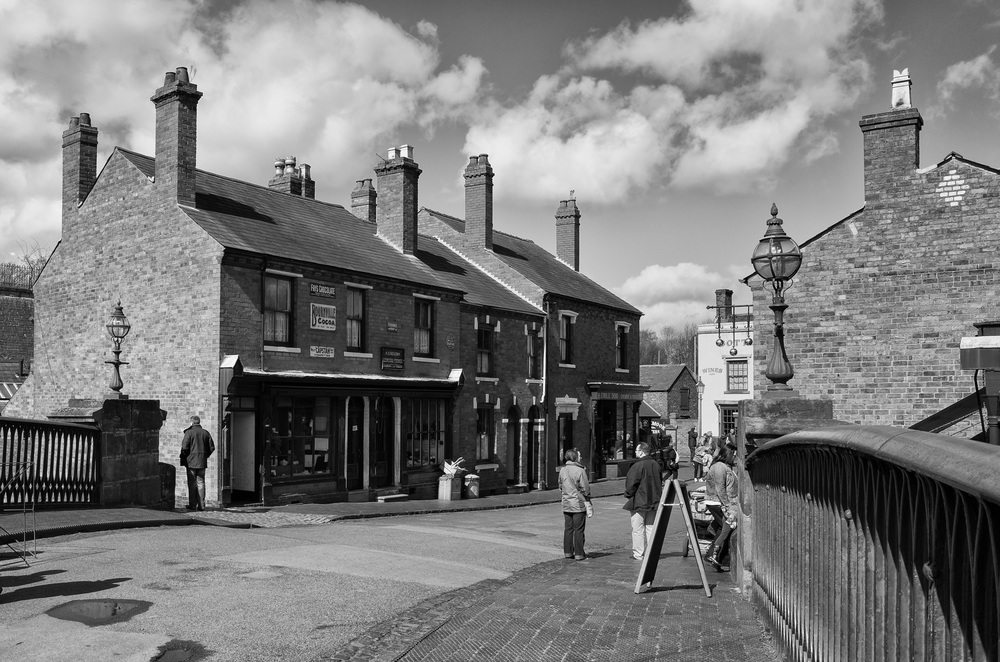
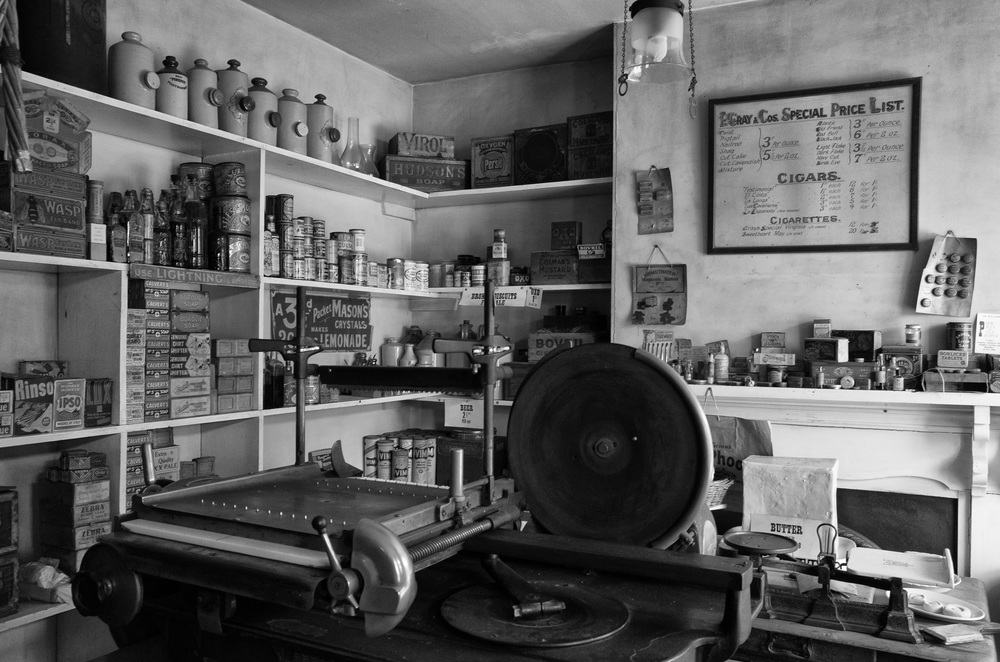
There is an educational aspect to these living museums, of course. All of them, not least the Black Country version, have a school and a classroom in which gullible visitors are treated like 1920s kids and forced to recite their multiplication tables. It’s all good fun. For older visitors, however, there is a true sense of nostalgia, particularly when the whole effect is as meticulously created as it is on the Black Country site.
I would rate this as a must visit if you are in the Midlands this year.
Find the Black Country Living Museum here.
Photographic note: On this occasion I was carrying a Fuji X-T1 attached to the outstanding 56mm f/1.2 prime, a lens with an effective focal distance of 85mm. In my pocket was another APS-C camera, the very much underestimated Ricoh GR with its fixed f/2.8 28mm lens.
